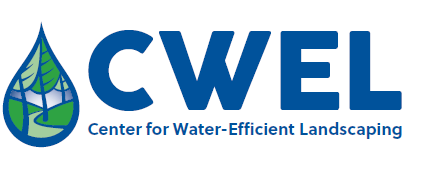Situational waste in landscape watering: residential and business water use in an urban Utah community
Abstract
Landscape water conservation is an important issue for municipalities throughout the Western United States, and especially in Utah as rapid growth strains existing water supplies. We conducted interdisciplinary research in Layton, Utah, that aimed at understanding patterns of landscape water use among households and businesses. The research project involved three basic tasks. First, a landscape ‘‘water budget’’ was developed by producing a calibrated and classified mosaic of landscape type and area from airborne multispectral digital imagery, integrating this information with Layton City parcel boundary data to determine landscape vegetated areas per lot, and estimating irrigation needs derived from reference evapotranspiration (ETo) obtained using weather data for the Salt Lake City metropolitan region. Second, utilizing Layton water billing data, water use for each household and business was identified and categorized as ‘‘conserving,’’ ‘‘acceptable’’ or ‘‘wasteful’’ by determining how much the water applied varied from actual landscape plant need. Third, surveys were administered to a random stratified sample of households and businesses in the study area to investigate various factors that were hypothesized to be predictive of wasteful watering practices. This paper primarily focuses on analysis of the household and business survey data, which explores factors affecting urban landscape water use from a human behavioral perspective. We found that the most significant factors predicting actual water use were the type of irrigation system and whether the location was a household or business. Attitudinal and motivational characteristics were not consistently associated with water use. We found that wasteful watering is the result of many factors embedded in the complex context of urban landscapes. This implies that water conservation programs should identify potential wasteful users through analyses of water billing data and direct water conservation measures at these users by focusing on site-specific evaluations and recommendations. Water audits or water checks are one such tool that some communities have employed to help people understand and assess the quantity of water needed by and applied to their landscapes. This approach provides an opportunity to evaluate situational constraints at particular locations and design appropriate strategies for reducing water waste.


